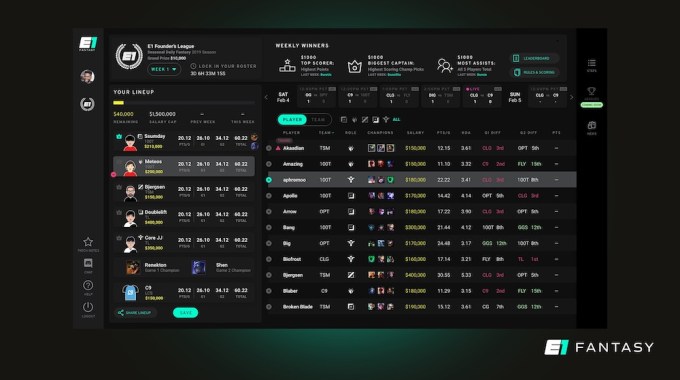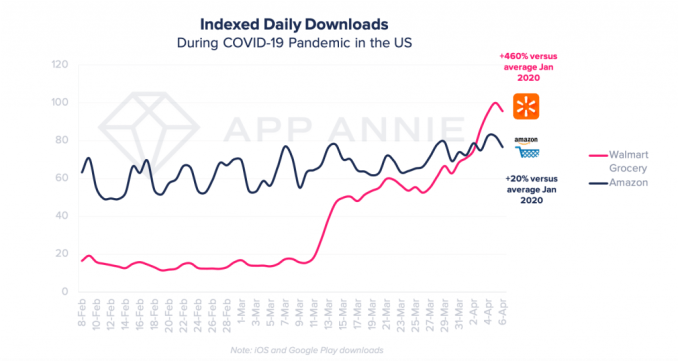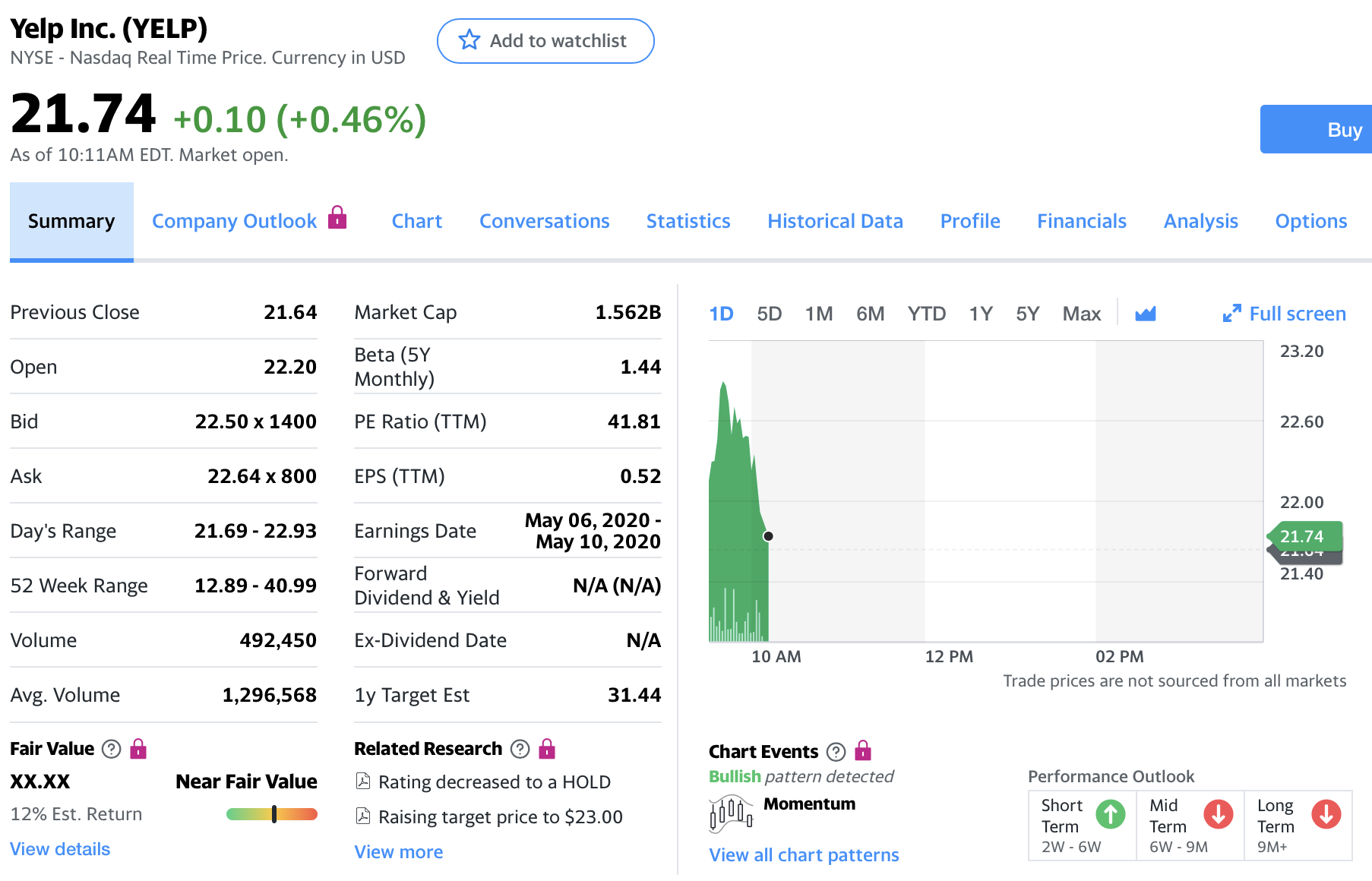With the COVID-19 pandemic making work from home the default for those companies that are able to do so, it’s no surprise that we are seeing a massive rise in the usage of video chat tools like Zoom, Google Meet and Teams . We’d already heard some updates from Zoom and Google, but today Microsoft joined the parade with a new report on how its Teams users have adapted to the rise of remote work.
Back on March 16, the company reported 900 million meeting minutes in Teams . Now, less than a month later, it says that it saw a new daily record of 2.7 billion meetings in one on March 31. During those meetings, more users than ever also turn on their video cameras. Overall, the number of users who go on camera has doubled since before this crisis began and the overall number of video calls in Teams grew by over 1,000 percent in March.
That’s a lot of time spent in meetings that could’ve probably been used in more productive ways, but it sure is a lot of Teams meetings.
 The Microsoft team also looked at where people use video most, with Norway and the Netherlands leading the pack. There, 60 percent of calls include video. In the U.S., that number is 38 percent. Microsoft says this may be due to the availability of fast broadband.
The Microsoft team also looked at where people use video most, with Norway and the Netherlands leading the pack. There, 60 percent of calls include video. In the U.S., that number is 38 percent. Microsoft says this may be due to the availability of fast broadband.
Microsoft also found that its users are also spending more time of the day with Teams. In March, the average time between when somebody first used teams and the last use of the service increased by over an hour. The company argues that this doesn’t mean that people are working longer hours, “rather that they are breaking up the day in a way that works for their personal productivity or makes space for obligations outside of work.”
No matter the service a company uses for remote work, it’ll be interesting to see how many of these new habits will stick once this crisis is over. In China, where some employees are now returning to work, the number of daily active Teams users continues to grow according to Microsoft but there will surely also be regions where usage will decline quickly once things get back to something resembling normal.





